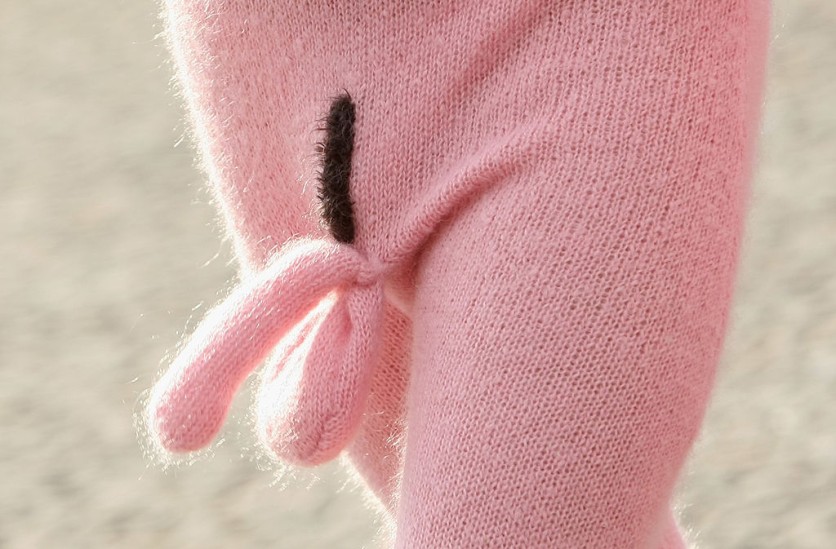Scientists have introduced lab-grown testicle organoids that closely mimic the structure and function of natural testes, offering a potential breakthrough in infertility treatment.
Testicle Organoids
Organoids, miniature 3D organs derived primarily from stem cells, have revolutionized the study of various organs and tissues, allowing researchers to model disease states and test potential treatments.
While organoids for organs such as the brain, heart, and intestines have been developed over the past decade, until now, there has been a notable absence of organoids for modeling the testicles.

Addressing this gap in scientific knowledge, a team of researchers at Bar-Ilan University in Israel has created testicle organoids using neonatal mouse cells.
Led by Dr. Nitzan Gonen, a specialist in fetal sex determination, the research team developed artificial testicles that closely resemble their natural counterparts.
The development of these testicle organoids may promise to advance testicular development and function, particularly in the context of disorders of sexual development (DSD) and male infertility.
Gonen and her team envision that these artificial testicles could serve as a valuable model for basic research, providing insights into the mechanisms underlying sex determination and infertility.
Read Also : First Clinical Trial of Transplanted 3D Ear Using Human Cells Proves Successful via 3DBio Therapeutics
Growing Artificial Testicles in the Lab
The artificial testicles are tiny organoids derived from actual mouse testis tissue. According to the researchers, unlike traditional two-dimensional cell cultures, organoids offer a more accurate representation of the complex cellular organization and interactions found in natural organs.
Through meticulous cultivation techniques, the research team succeeded in growing testicle organoids in vitro for a remarkable nine-week period. This extended lifespan allows researchers to observe and study critical processes such as sperm production and hormone synthesis within a controlled laboratory environment.
While the current focus of the research has been on mouse models, Gonen envisions the future application of this technology in clinical settings, particularly for individuals undergoing cancer treatment that may impair their fertility.
One potential application of lab-grown testicle organoids is preserving fertility for children undergoing cancer treatment. By utilizing biopsied tissue samples from these patients, researchers aim to grow testicle organoids capable of producing functional sperm, offering hope for preserving fertility in cancer survivors.
Despite these promising advancements, challenges remain in fully realizing the potential of artificial testicles for therapeutic applications. Further research is needed to optimize the production of organoids using human samples and to address the complexities of sperm production in vitro.
"Artificial testicles are a promising model for basic research on testicle development and function, which can be translated into therapeutic applications for disorders of sexual development and infertility," Gonen said in a statement.
The research team's findings were published in the International Journal of Biological Sciences.

ⓒ 2026 TECHTIMES.com All rights reserved. Do not reproduce without permission.




